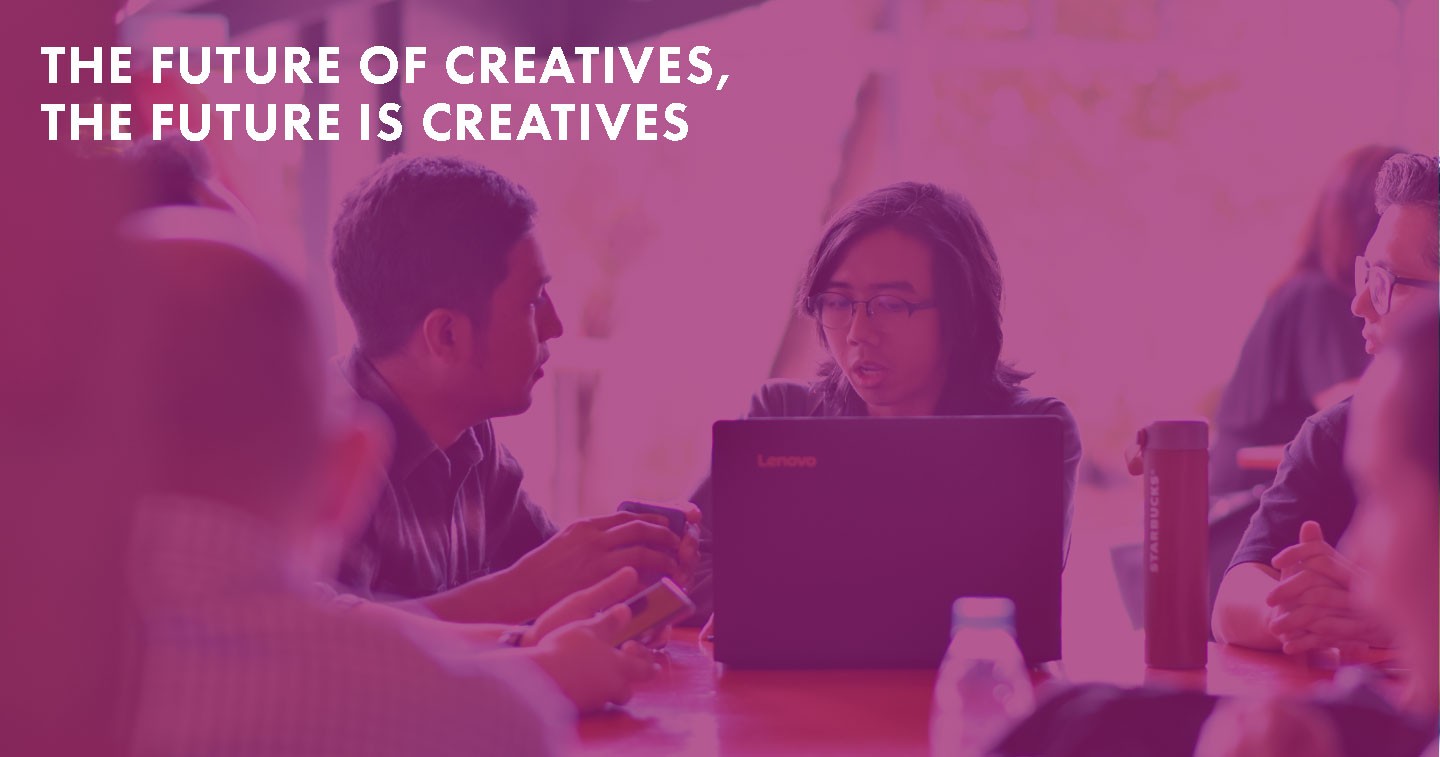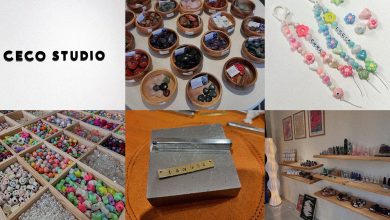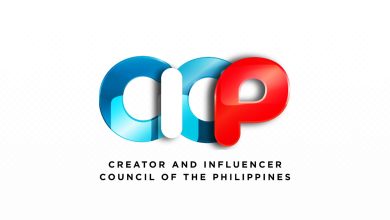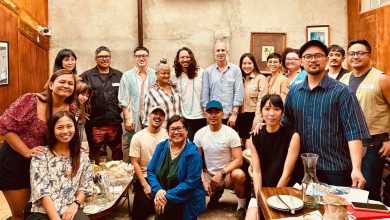When Kenneth Biunas was encouraged by his boss at the Design Center of the Philippines to apply as a fellow of the British Council’s Creative Innovators Programme, he took up the challenge and submitted his application. This was despite the fact that he did not consider himself as a creative in the first place, being a multi-methodology researcher and data solutions architect.
“Research and data are technical, and design is free-flowing. How do you collide these worlds? That’s practically a disaster!” he exclaimed, laughing.
He, like a growing number of people, have since learned that creativity can transcend aesthetics.
Creativity and the creative industries
What falls under creativity? Certainly, the artistic professions – such as painting, writing, and performance arts – are part of this. However, these are not the only paths that are available in this sector, particularly with the emergence of the creative industries, which is now shaping up to be a lucrative venture – both for the creatives and for their countries.
In 2018, the United Nations Conference on Trade and Development (UNCTAD) released a report that recognized the significant commercial and cultural contribution of creative industries. It also stated that the sector supported economic growth by generating livelihoods and incomes, noting that in 2015, the global market for creative goods reached $509 billion, which is nearly double the size from 2002’s $208 billion. Global trade in creative goods has also expanded, with over 7% in average export growth rates. The UNCTAD report also noted that developing economies had higher participation in creative goods trade compared to developed economies, with the Philippines as one of the top 10 in terms of performance. The other economies are China, Hong Kong, India, Singapore, Taiwan, Turkey, Thailand, Malaysia, and Mexico.
Executive director of the Design Center of the Philippines Rhea Matute readily admitted that the Philippine government is still finding its way on how to best support creatives in the country. Nonetheless, it’s a challenge she said that their agency is invested in, particularly since the Philippines is targeting to be at the forefront of the creative economy in Southeast Asia, particularly in the areas of advertising, film, animation, game development, and design, specifically graphic and digital design. “This really will be the first time that we will be able to start building an economy that is largely on the people and their creative ideas. How do we make sure that they’ll be able to make money out of these ideas that they have? It’s exciting, and at the same time it’s very challenging.”
She continued, “We really believe that the creative economy, the creative industries will become the next driver of the Philippine economy.”
Creativity in problem-solving
Creativity, however, goes beyond the creative industries. For some, it can be used as a tool for problem-solving, and it is employed, knowingly or unknowingly, even by those who do not readily identify themselves as creatives.
This idea of using creativity to solve real-world problems has now also permeated schools, which is why there are some now that are integrating fostering creative thinking in their students. “In order to innovate, you need to give people an opportunity to play, to [have] the freedom to experiment and to make mistakes without thinking too much about consequences like loss of profits or a failing grade. If you’re going to fail, do so here in academia where the stakes are not quite so high,” explained Mercedes Rodrigo, a professor of the Ateneo de Manila University and the executive director of Areté.
Creative hubs also provide similar experimental playgrounds for creatives to address social issues. In a report commissioned by the British Council, the research found that hubs are places that bring creative people together. It is a convenor, providing space and support for networking, sustainability and community engagement within the creative, cultural and technology sector.
Escolta’s artist-driven revival
The UNCTAD report also noted that the works of creatives are helping uphold and promote social causes, including equality, human rights, environmental protection, and cultural identity.
It’s this idea of promoting cultural identity that drove Robert and Lorraine Sylianteng to rehabilitate the First United Building (formerly the Pérez-Samanillo Building) in Escolta Street. For them, this also meant converting part of the building into a co-working space that welcomes artists.
According to Lorraine, their efforts were partly inspired by Brooklyn and Yokohama, both of which were at least partly revived by creatives. She revealed that the artists themselves are making a conscious effort to build a creative community in Escolta. “The artists helped greatly in reviving the community. They created awareness of such a space and they tried to get all buildings at Escolta involved,” she said.
This growing movement, however, is not just about promoting a creative space for collaboration. “It serves as a ‘magnet’ that attracts similar-minded professionals and youth who share an advocacy-for-values for friends and family,” said Robert.
Creative collaboration
Bringing together different creatives to provide them with the avenue to have discussions was also the idea behind the “Creative Communities Unite”. The event, which was co-organised by the British Council, the Design Center of the Philippines, and Areté, also served as the culmination activity of the Creative Innovators Programme.
Ian Tamara, a content producer and instructor of Toon City Academy and one of the fellows of the Creative Innovators Programme, considers this period as an exciting time for creatives. “For the next generation, it gives them a sense of security: they just need to find their place, [and] there are so many places to go to.”
For Biunas, who also found himself as one of the fellows of the programme, these opportunities have been opened because of the growing realisation that all sectors are, in a way, creative. “Everyone is part of the creative ecosystem,” he said.
About the Author:

Melanie Sison is a writer and editor whose works have previously been published in local and international publications such as the Philippine Star, Interaksyon, the World Bank blog, and SciDev.Net. Currently affiliated with INGOs, she writes primarily about social development topics, including gender, agriculture, and environment. She likes to travel and watch films in her spare time.















